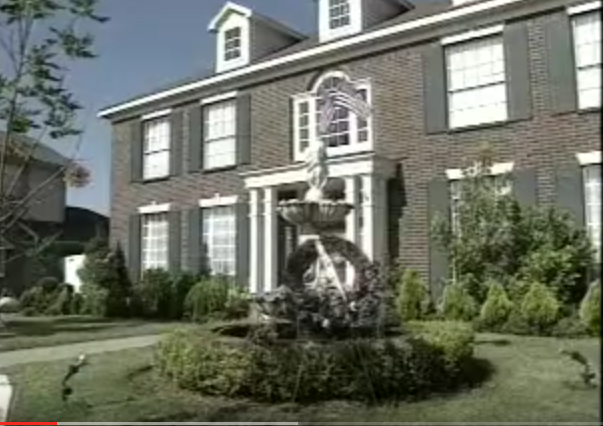The officers didn’t want anyone to hear about the black car that had been watching my home for a week and on the day of the attack the black car was seen in our driveway looking in our garage.

Contrary to Darlie’s statement, the prosecution was actually the first to question Halina Czaban about the black car. She and her daughter, Barbara Jovell, were leaving Darlie’s house on June 5th when they saw a black car exceeding the speed limit. It’s clear from both women’s testimony that their only concern was that the car was going too fast, not that it was suspicious in any way.
Mosty: Did the police call and ask you to come to the station?
Czaban: Yes. He wrote down what I told him about the car.
(Halina Czaban, Sec. 2474, 2477)
Mosty: When did you see the black car?
Jovell: It passed me by. I was driving.
Mosty: You don’t recall a Hispanic male [get in that car]?
Jovell: No, I only saw the back of the car.
Mosty: You thought that car was suspicious, didn’t you?
Jovell: No. I told mother to, pardon my language, “Quit freaking out, mama. There’s a lot of black people living in this neighborhood.” Because she said, “Who is that black man?” when he passed us. And so I looked and I only saw the back of the car.
The questioning then turned to a man in a dark car who appeared to be waiting for someone in the alley on June 4th.
Mosty: That it was somebody who was suspicious in the back alley looking in the Routier’s garage?
Jovell: Not suspicious. It was more of, “Who is that black man and what is he doing in this neighborhood?” She (referring to her mother, Halina) thought black people don’t have nice neighborhoods.
(Barbara Jovell, Sec. 2633-2636)
Karen Neal testified that she’d seen a black car a few times in the month before the murders. She saw it speed off once, but on another occasion “he would slow down. It wasn’t uncommon for people as they went around the corner, to slow down and look at the Routier’s fountain. So I saw him doing that.” She also claimed that she told Darin about it, and that he seemed concerned. But apparently not concerned enough to report it to police or, at the very least, activate their burglar alarm.
(Karen Neal, Sec. 4022-4023)
Conclusion
Not a single person could identify the make of the car or the license plate number, nor could they describe the driver. Karen Neal wasn’t even sure if it was a man or a woman behind the wheel. Darlie’s supporters have attacked the police repeatedly for not finding this car. Predictably, they find no fault with Darlie’s many lawyers and private investigators for failing to track it down. The defense had subpoena powers and investigatory powers. If they were so sure this vehicle was connected to the crime, they would have found it.
Law enforcement has to go where the evidence leads them. At the end of the day, the evidence led them directly to someone inside the house, not to someone outside. To suggest that police should have chased this elusive black/dark car without a make, model, or plate number all over the state of Texas is the height of absurdity. In addition, there is no testimony to support Darlie’s contention that “a black car was seen in our driveway on the day of the attack.”